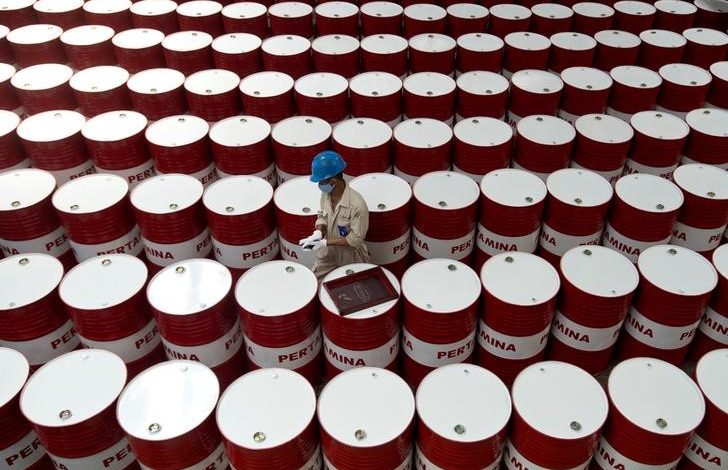
Oil Prices Fluctuate as Traders Anticipate Increased Supply and Chinese Stimulus Measures
Oil prices experienced volatility on Friday, maintaining a trajectory toward a weekly decline as traders evaluated China’s stimulus measures and the potential for increased output from Libya and the OPEC+ coalition.
As of 09:43 ET (13:43 GMT), Brent crude futures showed a decline of 0.4%, trading at $70.81 per barrel, while US crude futures fell by 0.3%, reaching $67.48 a barrel.
In Libya, rival factions claiming control over the nation’s central bank have agreed to resolve their dispute, which had hindered local oil production and exports. Analysts indicated that this resolution could lead to a return of over 500,000 barrels per day to the market.
Meanwhile, OPEC+ is reportedly planning to reverse 180,000 barrels per day of ongoing output cuts every month starting in December. Reports earlier this week suggested that Saudi Arabia, the leading oil exporter and key figure within OPEC+, is considering moving away from its informal price target of $100 per barrel, as preparations to increase production take shape.
Despite this, Saudi Arabia has consistently denied any intention to target a specific oil price. Industry sources noted that OPEC+’s plans for increased output from December do not signal a significant shift in current policy.
Further insights indicated that OPEC+ aims to proceed with plans for output increases in September, despite the recent dip in prices. This strategy might be mitigated by some member commitments to implement deeper cuts to offset excess production beyond agreed quotas.
Investors are now weighing the likelihood of increased supply against the backdrop of a substantial stimulus package announced by China this week. However, analysts have expressed uncertainty about whether these measures will effectively stimulate activity in the world’s largest oil importer.
 GOOGL
GOOGL  META
META 


